Vitals
- Locale: Northern British Columbia
- What It's Like: The most famous class 5 multiday in North America. Big volume paddling in a spectacular, committing canyon.
- Class: V
- Scouting/Portaging: Scouting OK. There are several large must run rapids.
- Level: Online gauge: Stikine at Telegraph Creek. Generally it's paddled between 250cms - 450cms, with 350cms being optimal.
- Time: Traditionally 3 days, can be done in 1 (or why not 2 laps in one day?).
- When To Go: August to September. Snow pack and rain dependant.
- Info From: Many visits.
- Other Beta: There has recently been a flood of media on this river that doesn't leave much to the imagination.
- Map: Click here for a map of the river zone.



Description
Contributed by Ali Marshall and Ben Marr
The Stikine is born on the Spatsizi Plateau, in the interior of Northern BC. Sometimes called 'The Sacred Headwaters', this pristine wilderness is the source of the Northwest's three greatest salmon rivers: the Stikine, the Nass and the Skeena.
The Stikine flows for 610 km until it reaches the Pacific at Wrangle, Alaska. As the river plunges off the interior plateau it starts to cut its way through layers of sedimentary and volcanic rock forming 'The Grand Canyon'. The river drops 450 m over 70 km, through a canyon with walls 1000 ft tall.
In 1980, BC Hydro began a feasibility study to try and harness the potential energy of the Canyon. There was a proposal to build two mega dams, one at Site Z and one at the Tanzilla Slot. Pressure from environmental groups, local Tahltan First Nations and poor geological stability in the area saved the Canyon from being flooded.
The first descent was attempted in 1981, a team led by Rob Lesser. With helicopter support they managed to paddle around 60 % of the run. The first self-support kayak descent did not happen until 1990. The progression of kayaking has been no more obvious than in the Stikine canyon. In 2005 the LVM crew blew the kayaking world away with their 1 day descent. Until around 2009 the canyon had a fierce reputation. Only the world's best kayakers would dare paddle it, with only one or two crews a year making an attempt. In 2012 Ben Marr completed the first full descent, running the huge portage Site Z. Speed laps are now done, and in 2017 a crew paddled the entire section twice in one day. High water levels are also being pushed.
This progression in the sport takes nothing away from the Stikine experience. It is one of the greatest whitewater sections on earth - 70 km of committing big volume class 5 in a breathtaking canyon. This river is attainable for any solid class 5 kayaker with some big water experience, but the river demands respect. There are several high consequence rapids and some of the best paddlers in the world have had close calls. Come prepared and enjoy one of the wildest rides of your life.
Directions
Drive 20+ hours north from Vancouver, BC. The put in is at the large steel bridge over the Stikine on the Stewart Cassiar Highway (Hwy 37). You cannot miss the famous yellow sign. Run your shuttle and leave a vehicle 20 km before the town of Telegraph Creek. To get there, drive to the town of Dease Lake. Find the Telegraph Creek Rd and follow for 2 hrs. Drive carefully. There is a beautiful beach just after you drive over the Tahltan River, which is the take out. In the cliffs on the other side of the river is a basalt rock formation called 'The Old Crow' sacred to the Tahltan people. This is traditional territory so please be very respectful when you are there. After your descent you can drive another 20 km to the town and grab a pretty good burger.
Description
Day 1
After 10 km of flatwater the canyon walls grow quickly and you come to Entry Falls. There is an optional scout on river left from the top of the canyon. Wicked Wanda, Three Goats and Pass or Fail are next. All these rapids may be scouted and portaged. Up next is the large, must run rapid, Wasson's Hole. There is a sneak line on the right or you can run the classic but more exposed left to right move in front of the huge hole. You soon arrive at Site Z. There is an obvious flat terrace on river right where you can set up camp.
Day 2
Day two starts off with either a huge portage or a huge rapid at Site Z. Taking the high road on the portage is the faster but more dangerous route. Weaving your way through the house size boulders at river level is slower but safer. It is now not uncommon for teams to run the entire rapid, but more commonly just the lower half. The river has changed and the once notorious Hairy Ferry from the bottom of Site Z is now not such a big deal. On day 2 the river enters The Narrows, the tightest and deepest part of the canyon. There is a rapid called C#nt Hole, which sneaks up and catches out most new groups. Don't get complacent. Next is a must run and unscoutable drop called The Wall. Entering center left and heading to the middle works well at most flows. The canyon opens and the final rapid of the day is Garden of the Gods. A large beach appears on your left. Just above it is Wolf Den camp, a sheltered area under a large overhanging cliff.
Day 3
Garden of the Gods 2 is the first rapid of the day. It is a nice warm up boulder garden rapid that is different in character to the rest of the run. Rowdy Flatwater follows, a long section of tight and boily read and run. Next is The Wall 2, Scissors, and The Hole that ate Chicago. These are large rapids but they can be scouted and portaged at normal levels. The grand finale is V-Drive, a giant ramp into exploding waves and holes. This can be scouted but not portaged. The lower the water, the rowdier this rapid becomes. It's time to celebrate as you pass through the Tanzilla Slot, a 2 m wide slot that the Stikine is somehow squeezed through. There is just one more class 4 rapid downstream. After that relax, soak in the incredible geology and reflect upon your amazing experience. There is an hour or two of flat water to the take out.
This is a bare bones description of the Stikine canyon. There are many more rapids than are mentioned in this guide, but should give new teams enough beta for a successful descent.
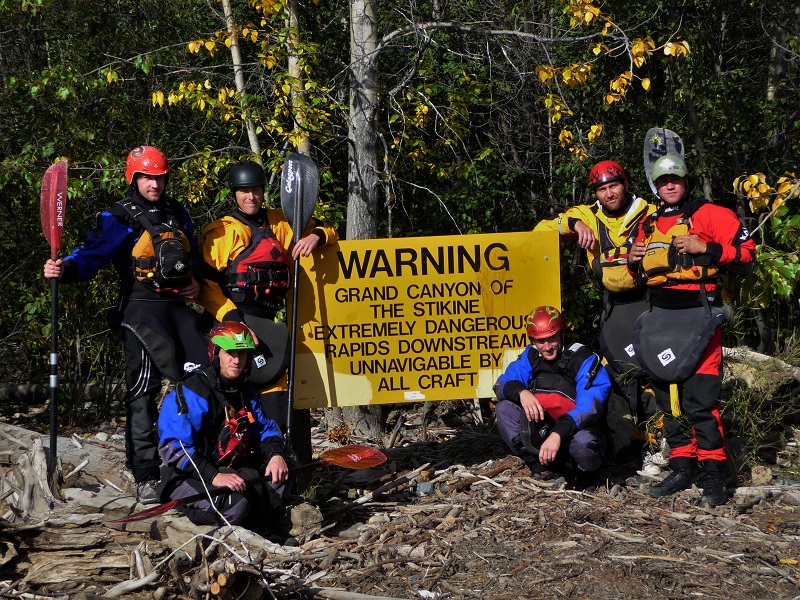 The classic photo of the sign at the put in. Ali Marshall photo.
The classic photo of the sign at the put in. Ali Marshall photo.
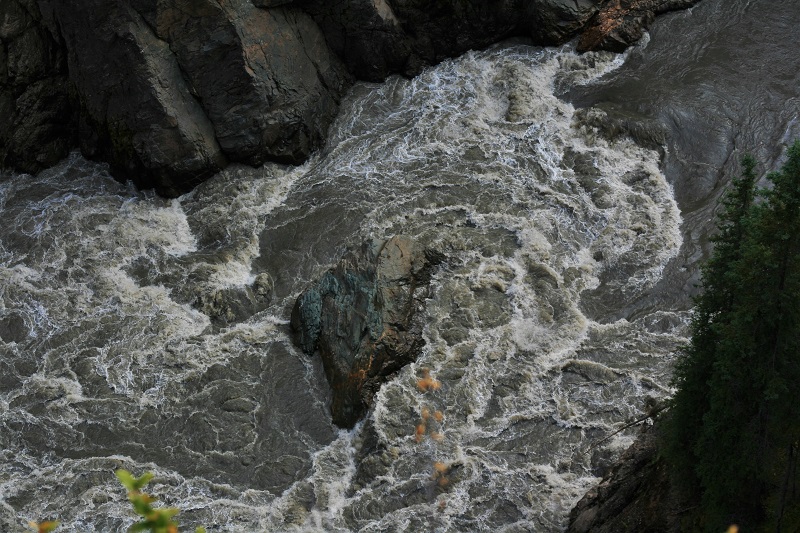 Aerial view of Entry Falls. Photo Ali Marshall.
Aerial view of Entry Falls. Photo Ali Marshall.
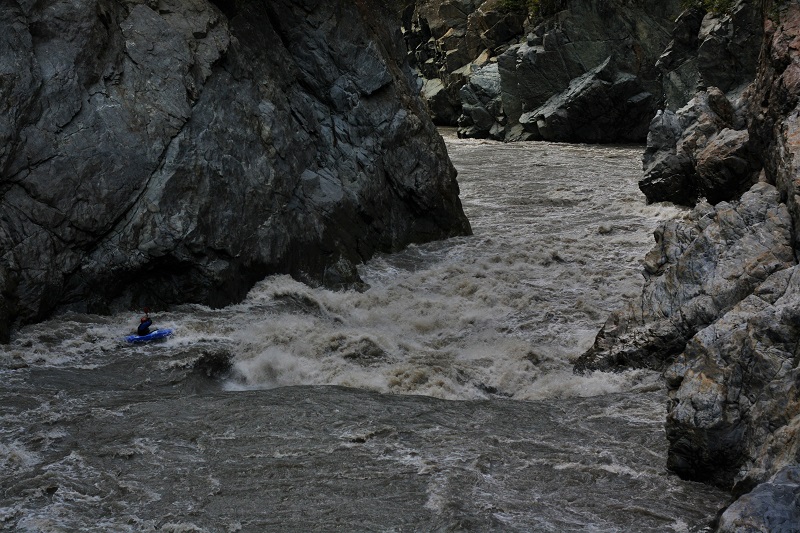 Wasson's Hole. Photo Ali Marshall.
Wasson's Hole. Photo Ali Marshall.
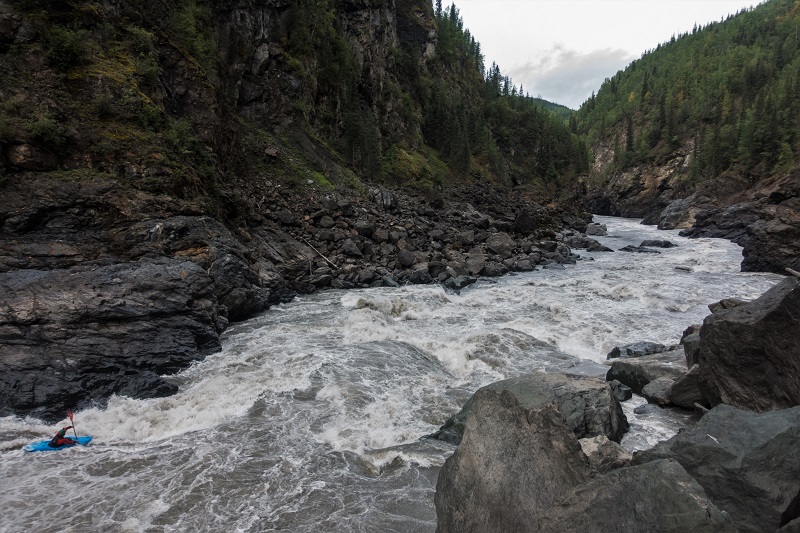 Bottom of Site Z. Photo Reiner Glanz.
Bottom of Site Z. Photo Reiner Glanz.
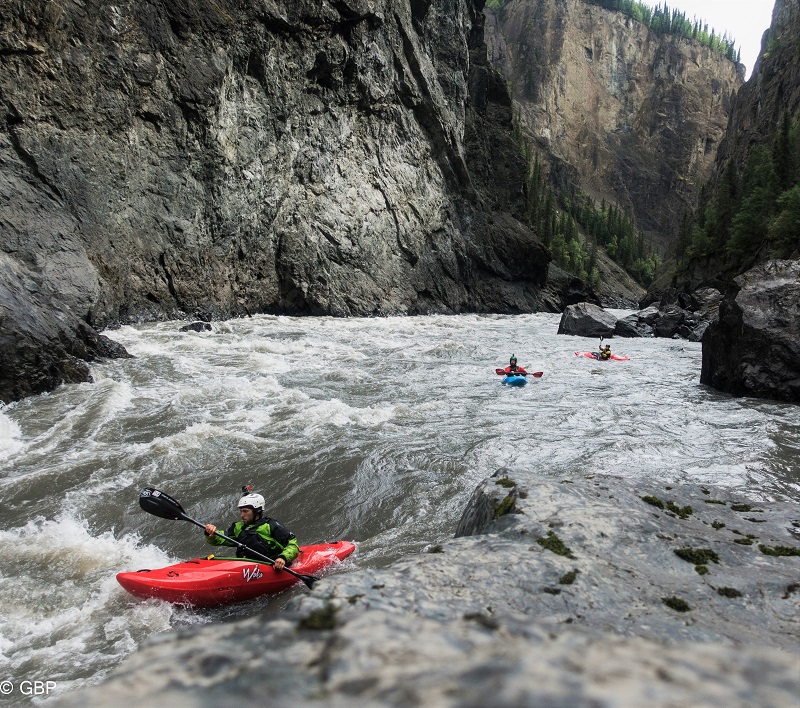 Day 2 boogie. Photo Reiner Glanz.
Day 2 boogie. Photo Reiner Glanz.
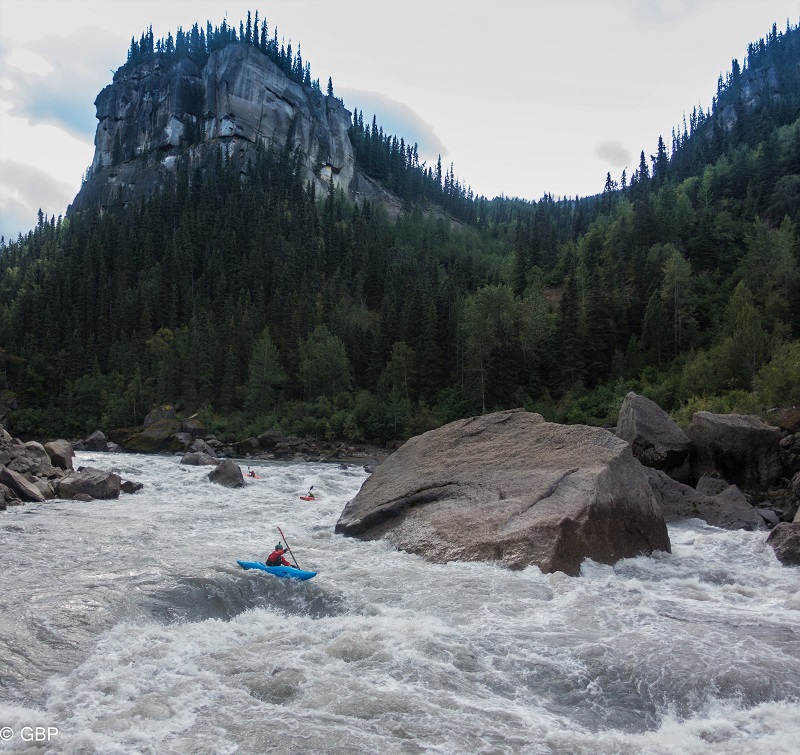 Garden of the Gods 2. Photo Reiner Glanz.
Garden of the Gods 2. Photo Reiner Glanz.
 Wall 2. Photo Reiner Glanz.
Wall 2. Photo Reiner Glanz.
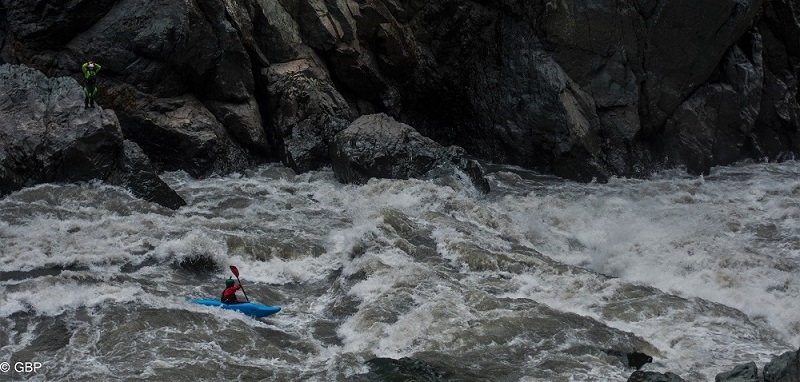 The Hole That Ate Chicago. Photo Reiner Glanz.
The Hole That Ate Chicago. Photo Reiner Glanz.
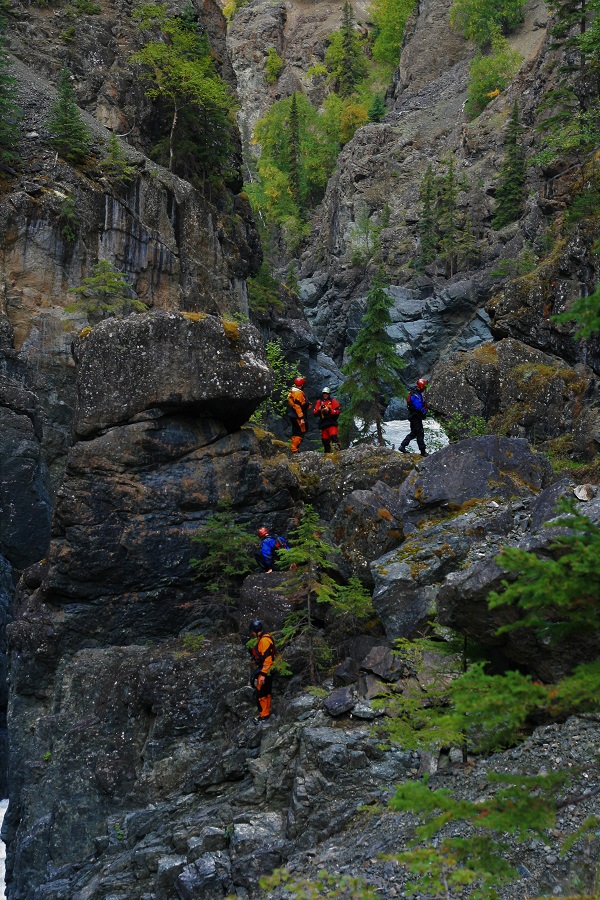 Scouting V-Drive. Photo Ali Marshall.
Scouting V-Drive. Photo Ali Marshall.
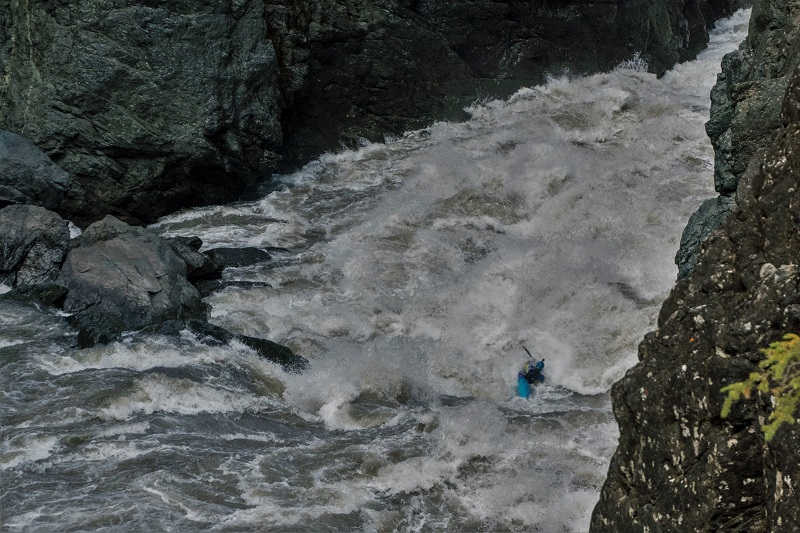 Down the middle at V-Drive. Photo Graham Milton.
Down the middle at V-Drive. Photo Graham Milton.
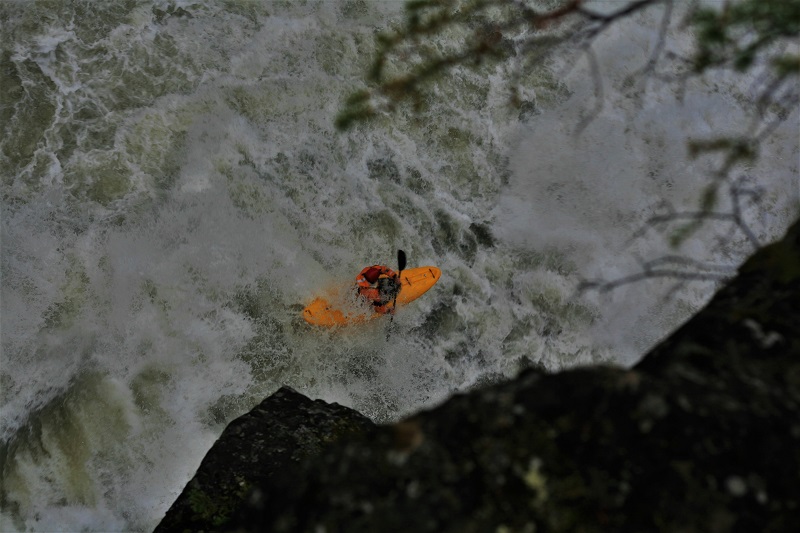 Getting launched at V-Drive. Photo Ali Marshall.
Getting launched at V-Drive. Photo Ali Marshall.
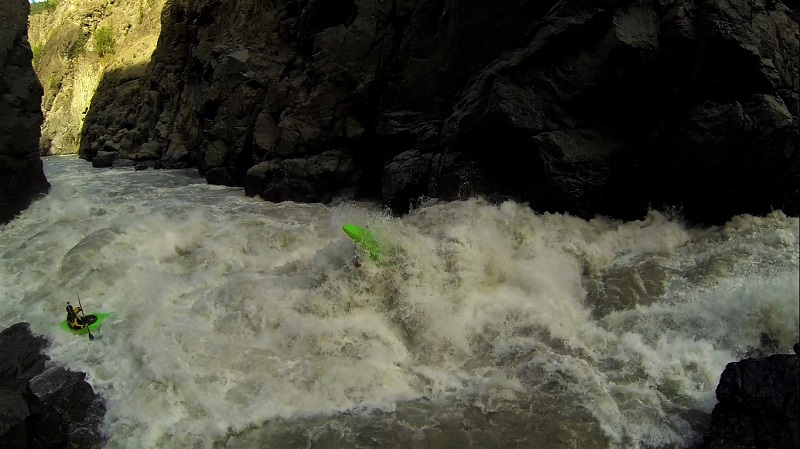 V-Drive at low water. Photo Luke Borserio.
V-Drive at low water. Photo Luke Borserio.
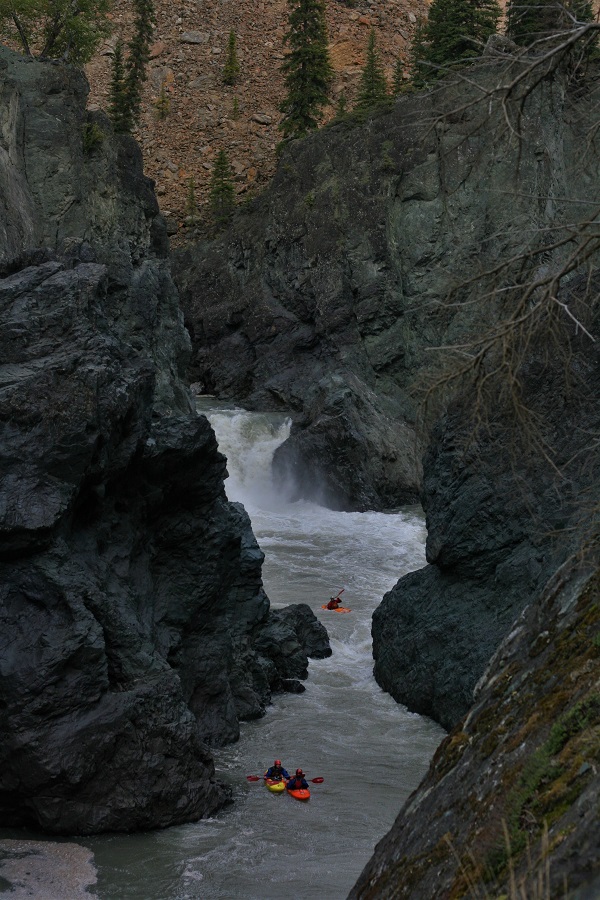 Tanzilla Slot. Photo Ali Marshall.
Tanzilla Slot. Photo Ali Marshall.
Updated July 13, 2019

